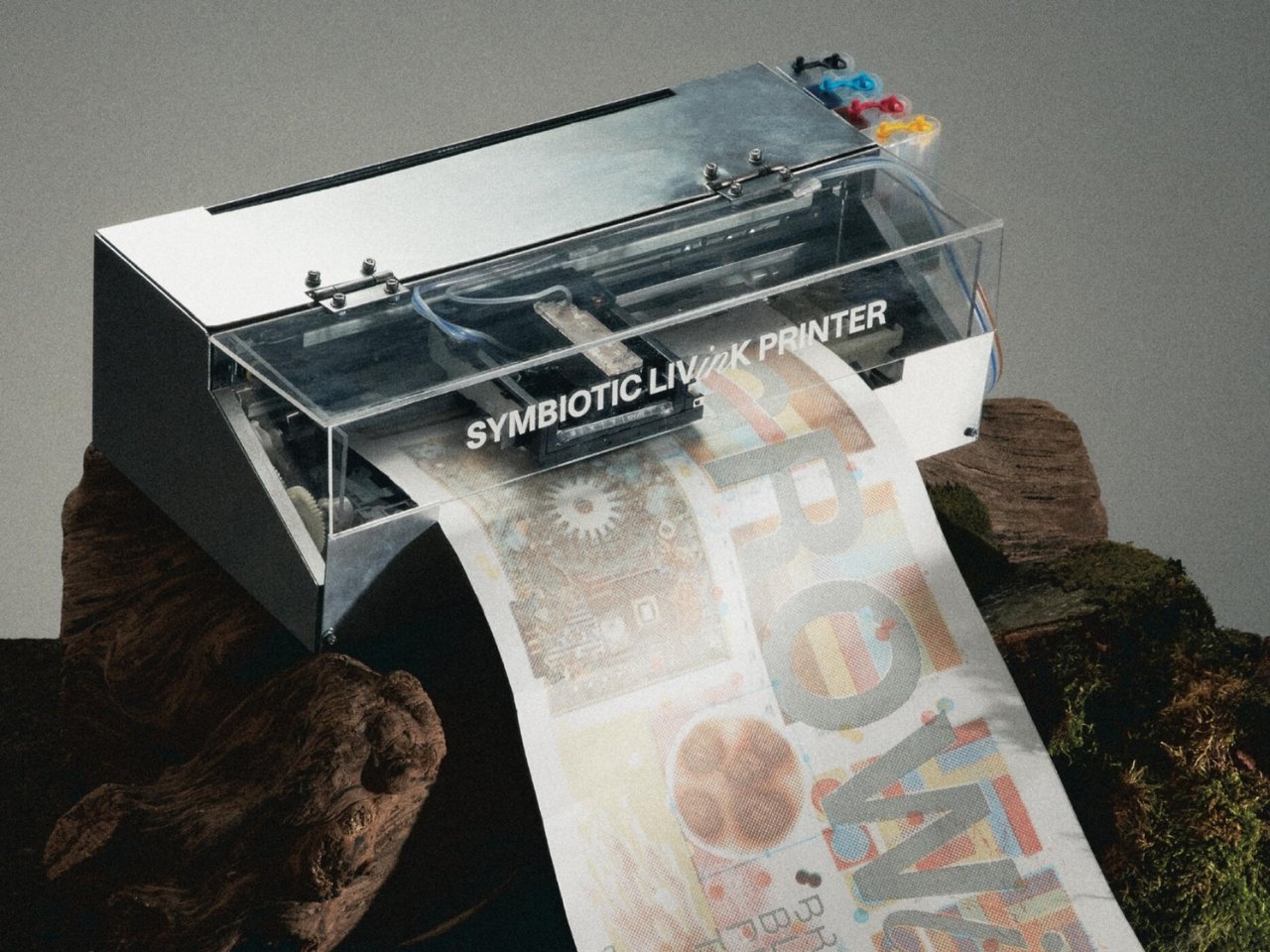While we’ve become a bit more conscious in choosing eco-friendly products for our daily use, there are still things that we are not aware are causing damage to our eco footprint. Printing for example, is something that we deal with on an every day basis like with books, packaging, pamphlets, and other printed materials. But we rarely think about all the things that go into making things like ink and how it is affecting the planet we live in.
Peerasin Punxh Hutapheat, a Central Saint Martins graduate and a a London-based material innovation designer and visual ecologist, has developed an innovative bio-ink called Growink that replaces petroleum-based dyes with vibrant fungal pigments. This pioneering project is currently optimized for screen printing and brings together science, sustainability, and design in a way that could change how we think about ink and its impact on the environment.
Designer: Peerasin Punxh Hutapheat
Growink features four distinct hues, each formed at different phases of fungal growth and influenced by both biological cycles and environmental conditions. The color system is modeled on the familiar CMYK (Cyan, Magenta, Yellow, Key/Black) model used in traditional printing. However, Growink’s version is known as MYCO, referencing not only the fungal origins of the pigments but also the specific fungi used for each color. MYCO stands for Mona (Monascus) for magenta, Yarceps (Cordyceps militaris) for yellow, Cholo (Chlorociboria aeruginosa) for cyan, and Obscurus (self-digesting ink of Coprinus comatus) for deep black. These fungi were selected for their rich, vibrant colors and their ecological advantages. Unlike petroleum-based dyes, these natural pigments come from renewable sources and offer a far gentler environmental footprint.
A standout feature of Growink is its built-in biodegradability. The ink contains inactive bacterial spores that can be triggered by humidity or landfill-like conditions. When activated, the spores help break down synthetic substrates and transform them into nutrients that support soil health. The speed at which this decomposition occurs depends on several factors, including sunlight, moisture, pH, temperature, and the presence of soil microbes.
Growink behaves differently depending on the material it’s printed on. On natural surfaces like paper or cotton, the ink remains bright and vivid indoors. When exposed to sunlight, the colors begin to fade, allowing the item to be reused, reprinted, or composted. This cycle reflects a thoughtful approach to both utility and environmental stewardship. The decomposition process for Growink ink is considerably less harmful to the environment than most existing alternatives. While the process does release small amounts of carbon dioxide and methane in oxygen-poor conditions, it remains part of a natural biodegradation cycle and is much cleaner and quicker than the breakdown of many biodegradable synthetics, especially those not derived from renewable sources.
Currently, Growink is optimized for use on a limited range of materials, but Peerasin Punxh Hutapheat envisions broader applications in the future, including the possibility of printing on a wider variety of media. His approach demonstrates how thoughtful design and scientific innovation can work together to create new, sustainable solutions for the printing industry. For anyone interested in eco-friendly design, creative technology, or sustainable alternatives in art and industry, Growink is a project to watch. It reimagines what ink can be, offering a practical step toward a greener, more responsible future for printing.
The post Bio-ink may usher in a new eco-friendly printing system first appeared on Yanko Design.

